The second half of 2016 was a forced gap year for me after graduation. To live up to the expectations of a proper gap year, I decided to travel and backpack in Asia for sometime. That's how I ended up spending two months in South Korea and Japan.

Every destination on this trip was special from a different aspect, but Kyoto was the city that I laid huge expectations upon. Once the capital of Japan, it was an open air museum full of Buddhist temples, imperial palaces, shrines and gardens. It was also the birth place of the geisha culture. Walking among the wooden houses lined up on green and clean narrow streets with the locals of Kyoto made me feel like in a movie set. Since it will require a very long article to write a complete travel guide for Kyoto, I instead decided to highlight my top 5 attractions of this quaint city.
Kinkaku-ji (Golden Pavillion)
This phenomenal Zen temple has the top two floors covered in goldleaf. It was originally built as a retirement villa for the shogun Ashikaga Yoshimitsu during the Muromachi Period. His will about this villa was to turn it into a Zen temple, which came true in 1408. It even gave inspiration to the Ginkaku-ji aka Silver Pavillion that was built by his grandson, Ashikaga Yoshimasa.

Yoshimitsu had a larger retirement complex around the pond, but they were all burnt down in various wars throughout history. The present structure you see in this picture was renovated in 1955.
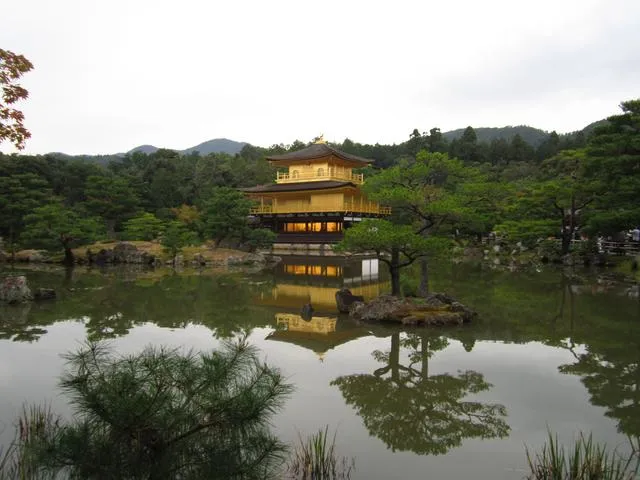
The reflection of the temple on the pond surrounded by the autumn colors creates one of the most pristine spots of Kyoto. However, the bloopers of this photo is actually a herd of curious tourists trying to capture the view from the best angle.
Fushimi Inari Taisha
Imagine walking through a tunnel with vermillion-red interior walls and Japanese inscriptions in a lush forest. This Shinto shrine is not only the most iconic spot of Kyoto, but also one of the most iconic spots in Kyoto.
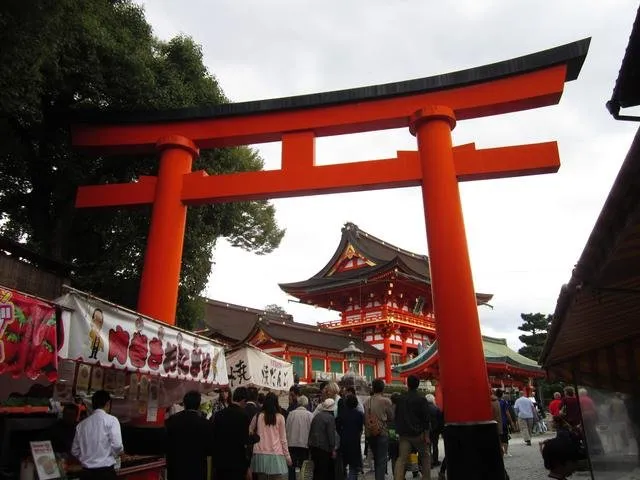

The main structure of this Shinto shrine predates the capital's move to Kyoto in 794. The torii gates were donated at a much later stage. The gate at the entrance was donated by the general and leader Toyotomi Hideyoshi in 1589. Behind the main structure starts a hiking trail covered by many smaller torii gates. Each of these gates were donated by significant individuals and companies over time. You can even find the name of the donator on each gate. The amount of donation ranges from 400k Yen to a million Yen depending on the size. Source
Walking through these tunnels will again make you feel in a movie set. FYI, some scenes from the movie "Memoirs Of A Geisha" were shot here.

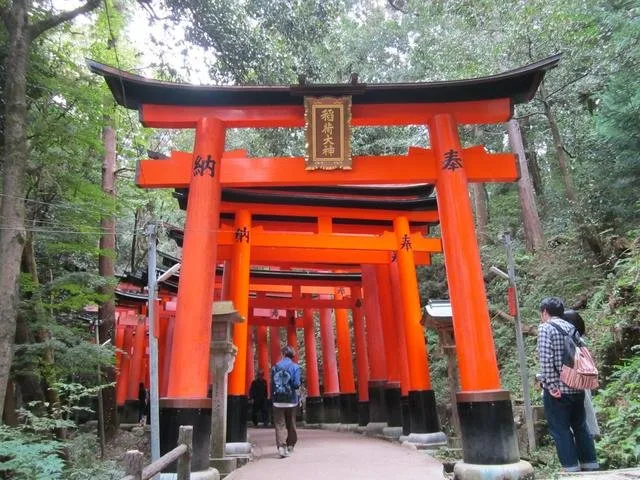
The tunnel of torii gates leads to a hiking path that roughly takes an hour to the summit, offering stunning views of Kyoto.
What's even better about this place is: The entrance is FREE!
Philosopher's Path
A city that has a Philosopher's Path will never disappoint you. Kyoto has a path that will turn you into a philosopher when you walk on it.

It gets its name from Nishida Kitaro, a famous philosopher teaching at Kyoto University, who used to meditate while walking along this path. The path extends between Ginkaku-ji (Silver Pavillion) and the Nanzenji neighborhood and takes around half an hour to complete. Source
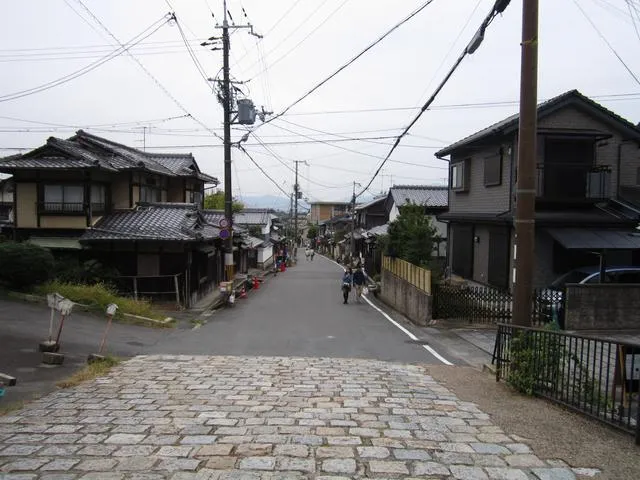

The canal followed by the path was built during the Meiji period and represented the economical growth. It was also used to generate the first hydroelectric power in the city.
The path is surrounded by cozy cafes selling all products of matcha green tea (cake, ice cream, latte and so on) and many small shrines and you should pay a visit to all of them.
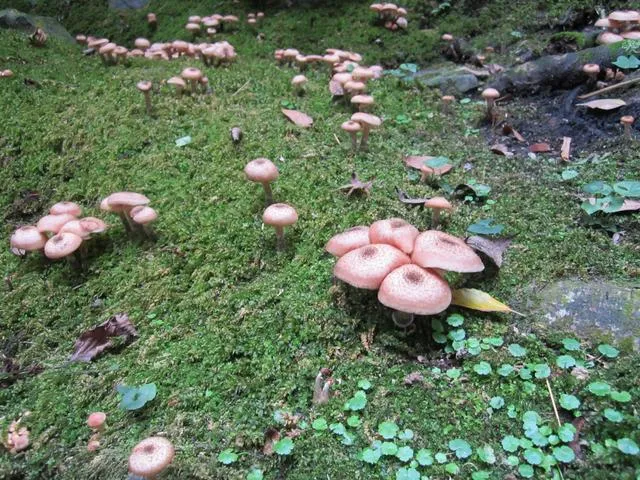
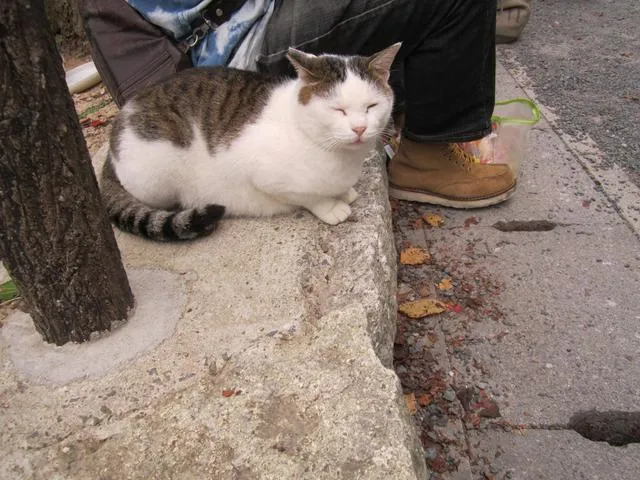
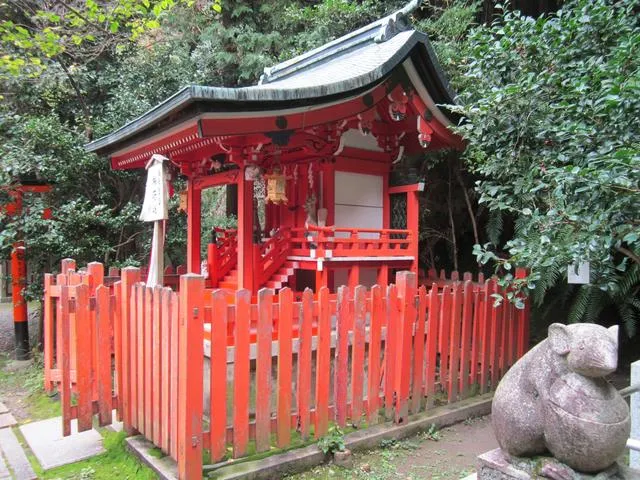
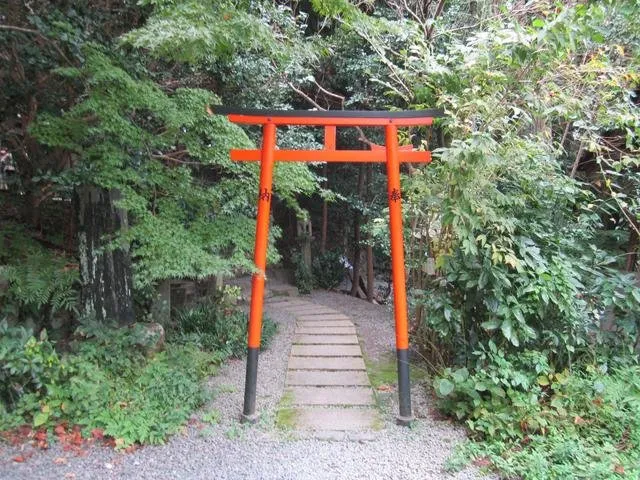
This one I visited had a graveyard that buried important religious figures who once lived in the area.
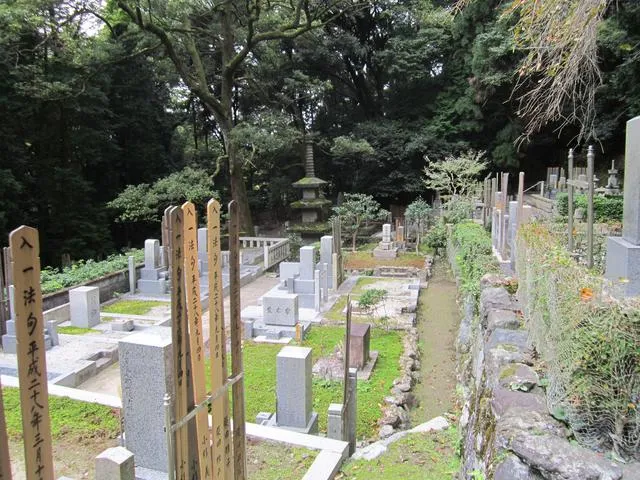
This old fella tried his best to talk to me in Japanese. Even though I didn't really understand Japanese in theory, the way he used his body language made me understand what he tried to convey. He tried to tell me how he protected the graveyard from insects and monkeys who come around to eat the plantation. When I told him I was from Turkey, he also tried to express his admiration of Turkey. This is him when I told him to smile at the camera.

Gion District
Gion District can be considered is where Kyoto's heart beats. It is one of the most vibrant and popular areas of the city. It's only a matter of seconds before you can encounter geishas roaming around normal people.

The district is home to traditional wooden machiya merchant houses. Most of them now operate as restaurants and teahouses serving traditional food&tea as well as entertaining the guests with geiko and maiko performances.
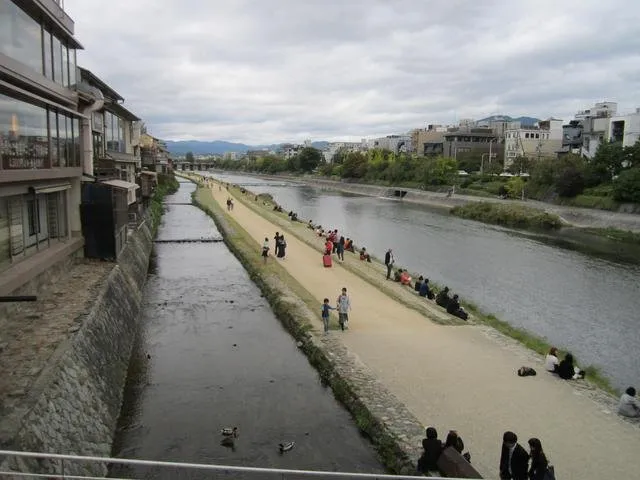
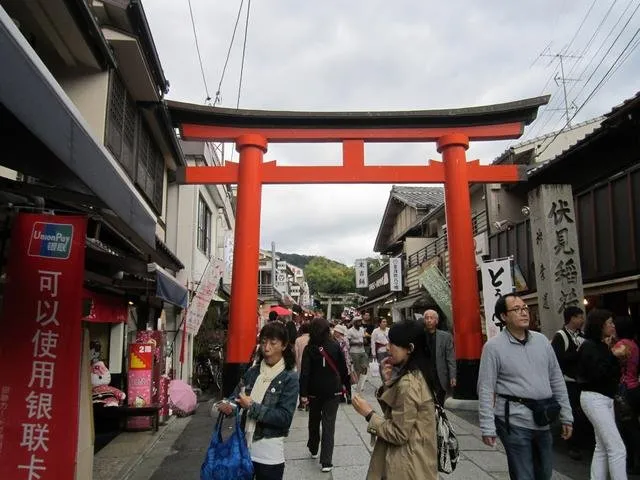
The area is also well-known for its night-life. As you walk by the pubs and clubs along Shirakawa Canal, you will find that Japanese youth likes to party hard and go wild no matter how politely they treat you on the street. When I walked into one of these pubs, I had one of the craziest nights in Japan and ended up coming back to my hostel towards the morning.

Fire Ramen
I usually tried to eat as cheap as possible to maintain my budget in Japan. However, I was walking past this one restaurant everyday and I was seeing long queue of people waiting and sensing an appetising smell from inside. When I looked up the place, I discovered that this restaurant called Menkabaichidai was well-known for their dish called "Fire Ramen". So, I decided to spoil myself on the last day of my Kyoto adventure.

Basically, you first need to place your order and get a slip with a number on it. The slip also indicates the estimated time of waiting, which was an hour for me. I was determined to wait for as long as it took. After half an hour, my number was called in and I was able to skip the queue for some unexplained reason.
The waiter shows you to your seat and puts an apron in front of you while giving instructions. The noodle and the other ingredients are placed in front of you and the chef adds the flammable oil onto the noodle, which bursts the noodle burst in a transient flame. Apparently, this gives the noodle a slightly burned savoury taste.
The price was 2000 Yen, but I wanted to spoil myself for one night so I wasn't bothered.
What else do you like about Kyoto? Drop me a comment below.
Cheers;
Haritakurdu.
